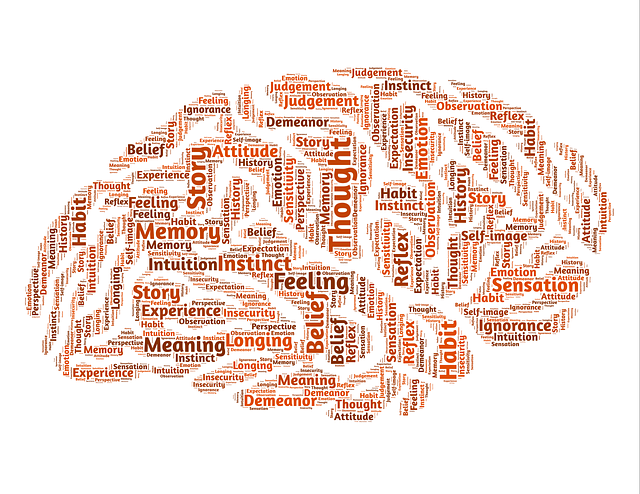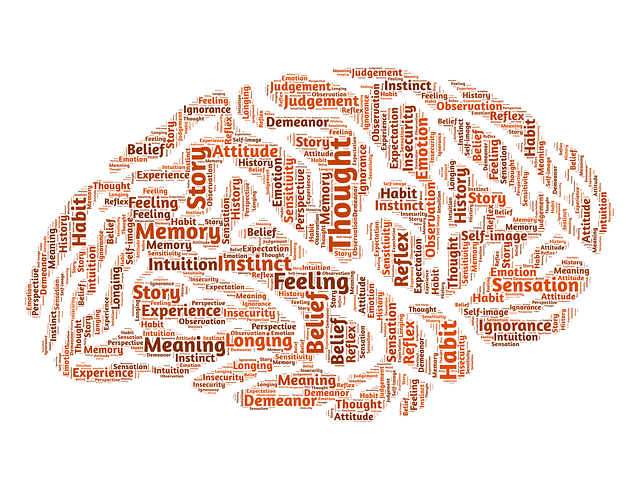What is Whole Brain Teaching?

Find your perfect college degree

As the modern educational system flounders deeper every year, it doesn’t take long for new teachers to become disenchanted with the red-tape rigmarole that is modern education. Even more, the age-old problems of classroom management are compounded by ever-increasing mandates to abstain from intrusive discipline measures.
With corporal punishment largely viewed as a dusty relic from a barbaric age, many teachers are even being discouraged from withholding recess as a punishment. The climbing rates of children diagnosed with ADD, ADHD, and autism add even more curveballs to the learning game.
It’s no wonder that overwhelmed college professors throw up their hands in exasperation as they stare into the eyes of new freshmen nowhere near ready for higher education. For many elementary and secondary teachers, anything that keeps a classroom humming merrily along is a success, regardless whether or not it’s answering the educational needs of the students they serve.
To many teachers, as long as the class remains attentive and cooperative with hands folded neatly on their desks, it’s been a good day – as long as the required administrative hoops have been cleared in time to leave school by 6pm to go home, grab dinner, and grade papers.
For many battle-weary teachers, any interesting new technique that boasts wild success is likely to be hailed with all the zeal of a wonder drug. These educators, who have such daunting gauntlet to overcome as they attempt to transmit any knowledge successfully, are often desperate for anything that brings order to the classroom.
Enter Whole Brain teaching. This method, co-developed by community college professor Chris Biffle, is hailed by teachers the world over. It’s no wonder. It’s next to impossible to watch a Whole Brain Teaching (WBT) session without having a strong response.
For many teachers, the overwhelming consensus is, “Yessity, Yes!” What could be wrong with a program that gets students listening, moving, speaking, and smiling? What kid could sleep or misbehave in a system like this?
Whole Brain Teaching is based on neuroscientific principles regarding the brain. Citing the different functions of each specific portion of the brain, Whole Brain Teaching claims to be the answer to boring lectures and draining altercations with unruly students. By apparently engaging each portion of the brain, movement spokesman and author Chris Biffle claims that teachers can automatically engage all students at all times, regardless of the individual students’ propensity for mischief-making.
How it Works
For anyone familiar with military discipline, Whole Brain Teaching should be easy to understand. In a nutshell, it all comes down to authority. At all times, students in a Whole Brain Teaching classroom are reminded that the teacher is the ultimate. Although the modern push for teachers to be facilitators of student curiosity is ostensibly addressed by the Whole Brain Teaching method, the fact remains that the system is totally teacher-directed.
How is this accomplished? First, the class is introduced to the “Class Yes.” Although this is best introduced at the beginning of the year, teachers can pick it up midway through; the book even offers an explanation how to do this correctly. Instead of admitting that they’re trying out a new teaching method, teachers are encouraged to say that they’ve been planning for months to introduce this technique “that’s even used in some colleges.” According to his book, Biffle says this makes it much easier for students to come on board with the program.
In the beginning, the class is introduced to “Class Yes.”
With this foundational technique, students are trained to answer immediately to the teacher, at any time, using the same tone and inflection as the teacher. If the teacher barks, “CLASS!” the students are required to shout back, “YES!” If the teacher singsongs, “Cla-aa-aa-aass,” the students should sing back, “Ye-ee-ee-eess.” “Classity classness!” “Yessity yesness!”
The silliness serves a purpose. By intentionally providing unexpected merriment and jolliness, Biffle says, teachers can ensure that students stay interested and, therefore, have no desire to disrupt out of boredom.
Not only does the creative “Class Yes” keep things interesting, it offers teachers the elusive opportunity to gain student attention and cooperation on demand. With this method, teachers don’t have to wait for students to finish their conversations or finish finding their homework. Students will answer instantly – or else.
Like other classrooms, consequences for not following the rules follow typical progressive discipline measures, starting with a warning and ending in the principal’s office. For Whole Brain Teachers, however, the main source of compliance motivation is the Scoreboard. This simply drawn tally system of smiley faces and frowny faces is used to provide both positive and negative reinforcement simultaneously.
For new or struggling teachers who are looking for a classroom management system that achieves order and gets every child involved, the Whole Brain System offers some excellent ideas.




